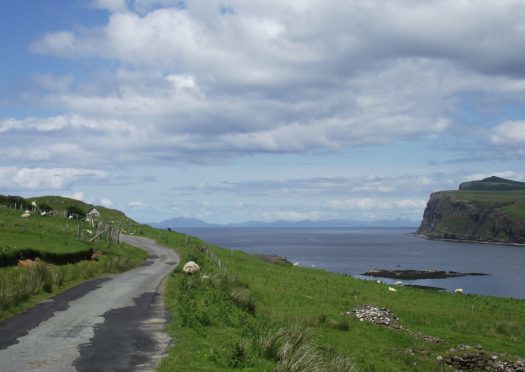A controversial fish farm in a sea loch off Skye has been approved after an appeal.
The Scottish Government has granted permission for a salmon and rainbow trout farm to be open on Loch Pooltiel.
The plan had attracted 77 objections before it went to a Highland Council planning committee – which unanimously rejected the proposal in October last year.
However, applicant Kames Fish Farming has now won permission after an appeal to the government’s Directorate for Planning and Environmental Appeals (DPEA).
The Oban-based firm can now install 12 cages in the sea loch north of Milovaig.
Councillors had raised concerns that the fish farm would have a detrimental effect on the environment and economy of the area.
The council’s objection to the scheme was led by SNP councillor Craig Fraser who echoed concerns raised by Skye District Salmon Fishery Board about the threat to wild fish of sea lice, pollution and escapes of caged fish during storms.
Skye member Drew Millar said he had also researched the subject and was seriously concerned about fragile tourism and potentially irreversible damage to a nearby reef, which is a regular feeding ground for whales, basking sharks and dolphins.
But DPEA reporter Allison Coard found that, while there would be localised impacts on the landscape and potentially on wild fish, they could be controlled by planning conditions.
She said: “I recognise the growing importance of wildlife viewing in attracting visitors to the area and that the proposal may cause some displacement in this respect.
“I have also considered the interpretation of visitor survey information presented by the Scottish Aquacultural Research Forum.
“A number of responses to this fish farm proposal present a more negative point of view in relation to the potential impact on local settlements such as Lower Milovaig.
“However, appropriately sited and managed fish-farms
co-exist with tourism in other scenic locations and I find nothing sufficient to demonstrate that visitor numbers would decline.”
She also found that there would be some localised impact on the visual amenity but said they would not be “significantly averse”.
